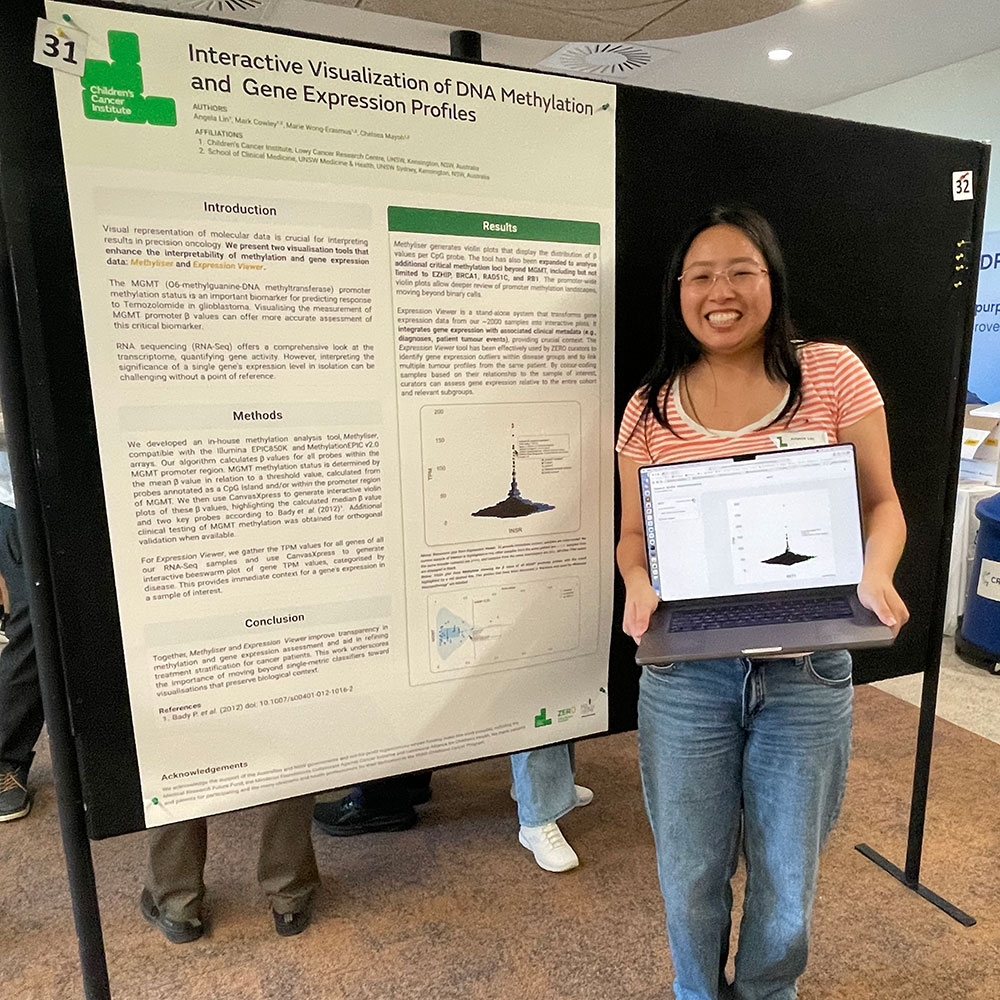A research paper recently published in the British Journal of Haematology shows how to more reliably tell which children with leukaemia are at higher risk of relapse. The study was conducted by our scientists in collaboration with national and international researchers.
The research addresses the problem that current methods to categorise children as high risk previously weren’t identifying all of these children. Some were ‘hiding’ in a lower risk group, a group where one in six were suffering a relapse. The problem was to find which ones, so treatment could be intensified in advance.
This research, led by the head of our Minimal Residual Disease (MRD) group, A/Prof Rosemary Sutton, who is also lead author on the paper, builds on our MRD diagnostic test. This test, which is standard of care for all kids in Australia with the commonest childhood cancer, acute lymphoblastic leukaemia or ALL, gives doctors early warning if leukaemia treatment is working or not.

The MRD test is so sensitive it can detect just one cancer cell in a million bone marrow cells surviving cancer treatment. The test was a huge boon for some children with leukaemia on a clinical trial of 475 kids in Australia and New Zealand, since it alerted doctors that this subgroup of children had a very high risk of relapsing. Consequently, they were treated very intensively with chemotherapy and bone marrow transplants, and their survival rate doubled.
But MRD alone is not enough on its own to fully ascertain the risk of relapse.
Microdeletions important predictors
“For the standard to medium risk group, we needed more information to get a better handle on the biology of the child’s cancer to better determine their risk”, said Professor Rosemary Sutton.
“So, we supplemented MRD results with two other pieces of patient information, the presence or absence of specific gene microdeletions and a score called the NCI (National Cancer Institute) risk, based on age and white blood cell count.
“We tested for microdeletions in 9 genes involved in leukaemia and found that 2 of the genes, IKZF1 (called ‘Ikaros’) and P2RY8-CRLF2, were important predictors of relapse,” she said.

New risk score system
These measures were combined to calculate a risk score for each patient of ‘0’ (no risk factors), to ‘2+’ (several). The study found that children with a ‘2+’ score were most likely to relapse or die within 7 years after treatment started, while those with a ‘0’ score least likely.
The same microdeletions were found to be important for predicting relapse in a cohort of Dutch children with leukaemia and the new scoring system was validated by researchers in The Netherlands.
If the new risk score system is adopted in future, doctors could give children with a ‘2+’ risk more intensive treatment with the aim of improving their survival. This is good news for children like Georgia, whose inspiring story appeared in the Sydney Morning Herald and The Age newspapers last weekend.
Dr Toby Trahair, paper co-author and oncologist at Kids’ Cancer Centre at Sydney Children’s Hospital, Randwick said the scoring system could make a big difference to the success of childhood leukaemia treatment.
“This risk score will mean doctors can fine tune a child’s risk category and so fine tune their treatment. It will mean more kids can conquer this horrible disease, which only 50 years ago had survival rates of close to zero” he said.
The research was published in the British Journal of Haematology this month. The study included researchers from Children’s Cancer Institute, UNSW, The Children’s Hospital at Westmead, Women’s and Children’s Hospital in Adelaide, John Hunter Hospital in Newcastle and Sydney Children’s Hospital, Randwick as well as researchers in The Netherlands and Germany.
The research was funded by NHMRC, Cancer Council NSW, Steven Walter Children’s Cancer Foundation, Tour de Cure, the Dutch Cancer Society KWF, the Kika Foundation, and the Paediatric Oncology Foundation Rotterdam.
Top image: Associate Professor Rosemary Sutton led the research.















